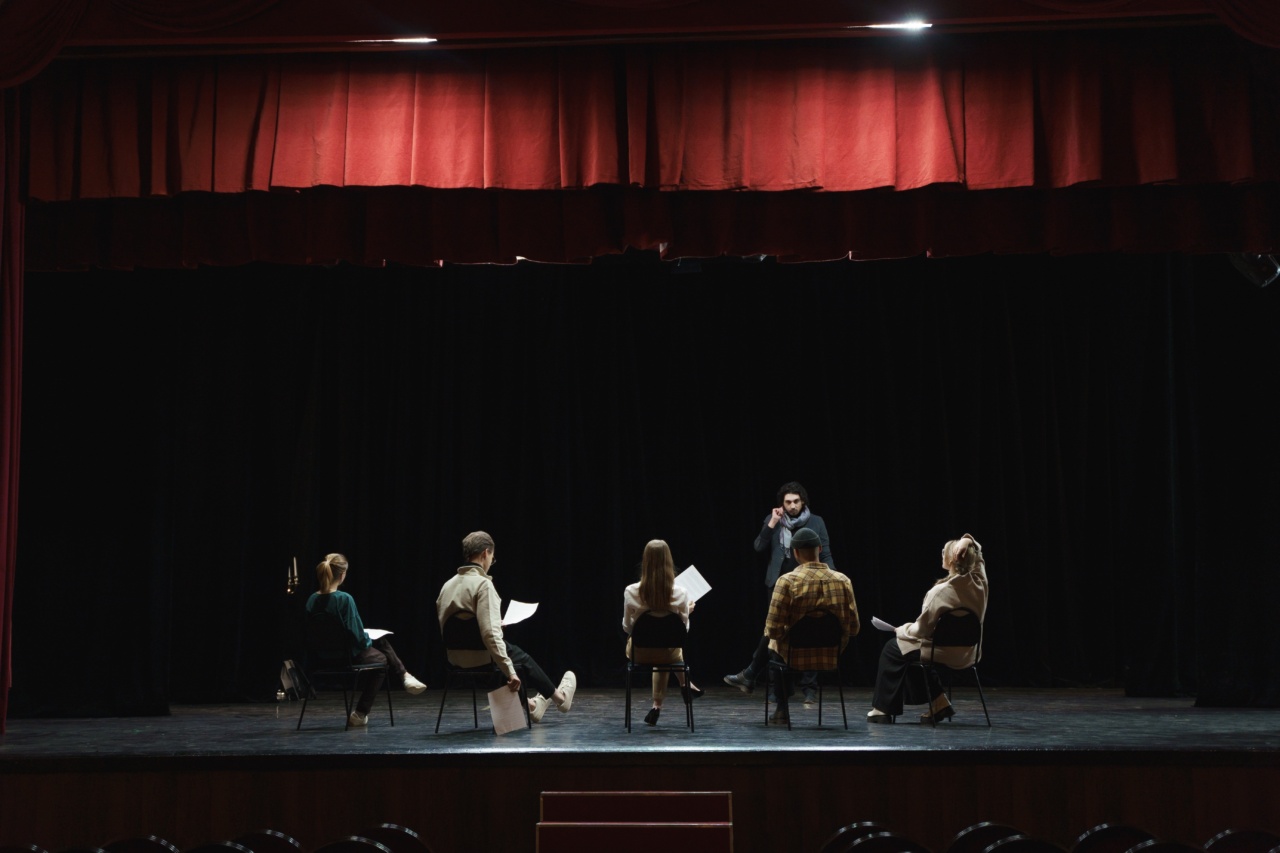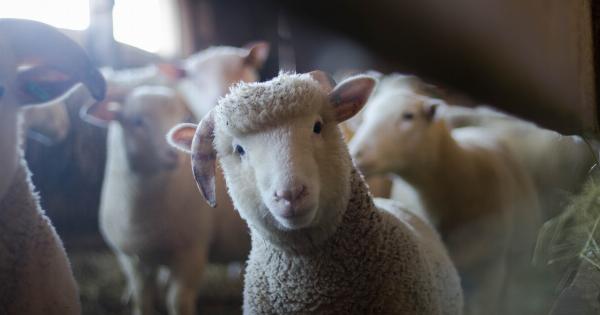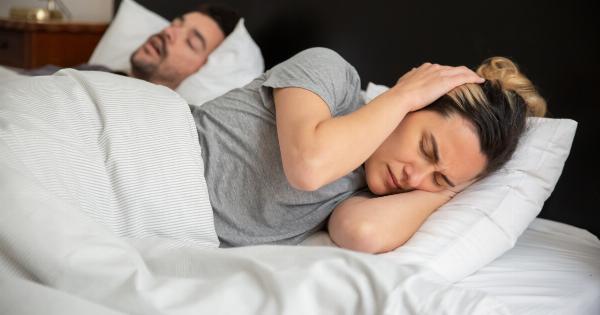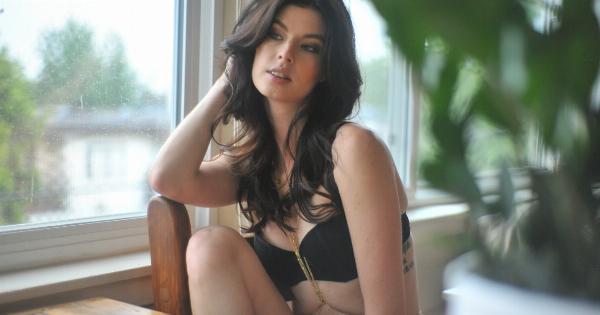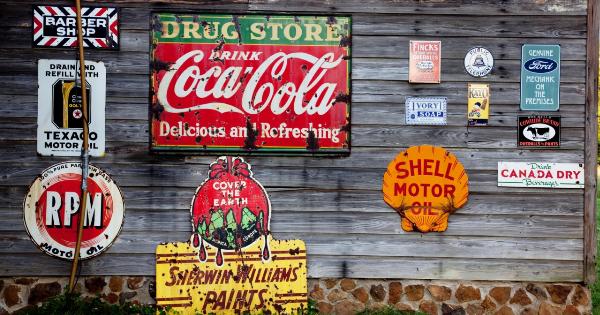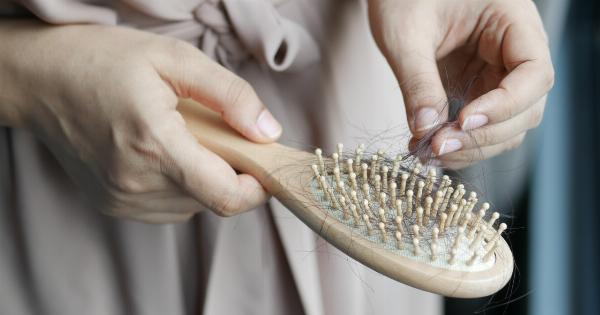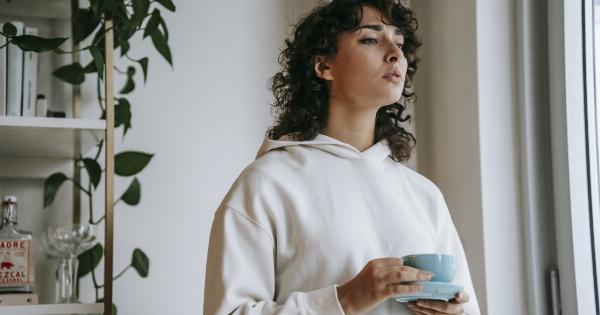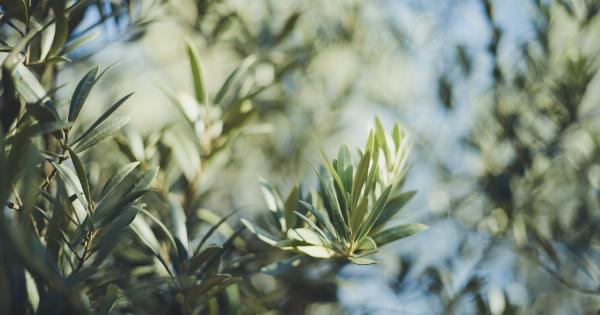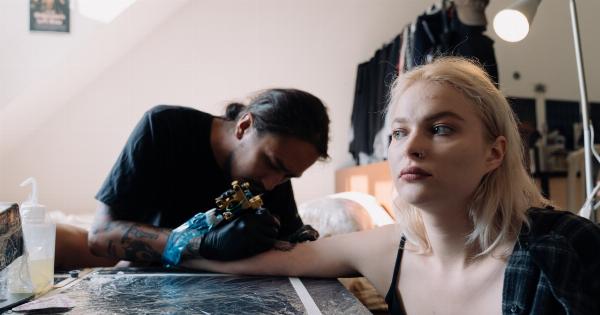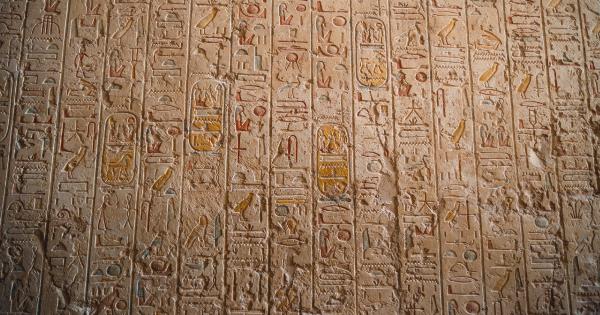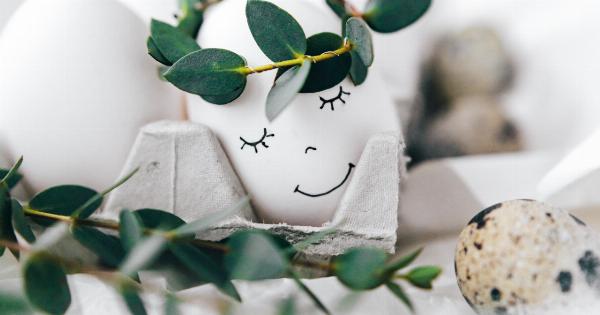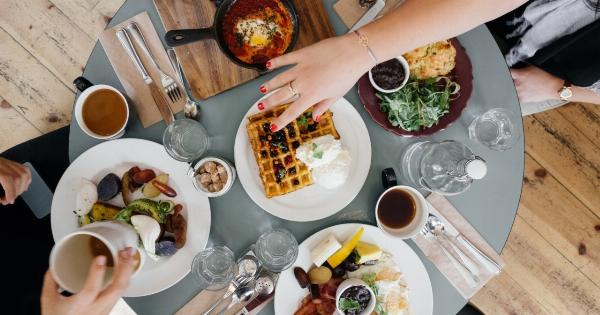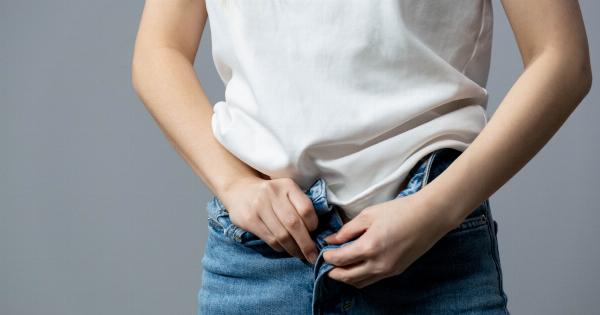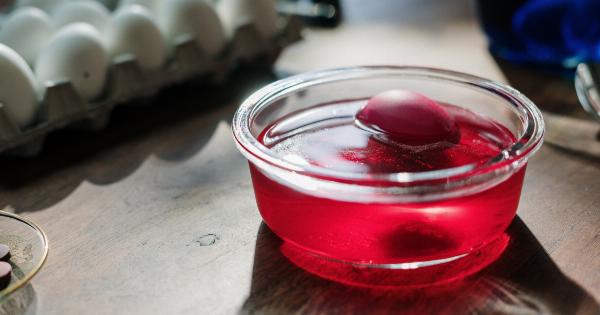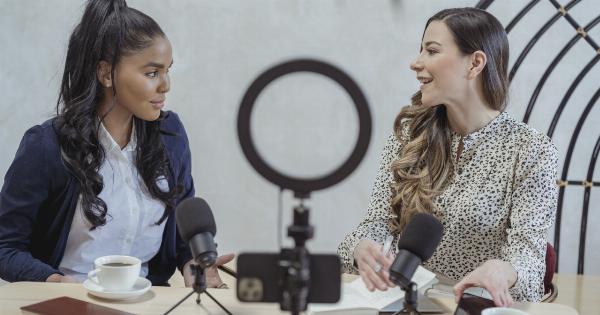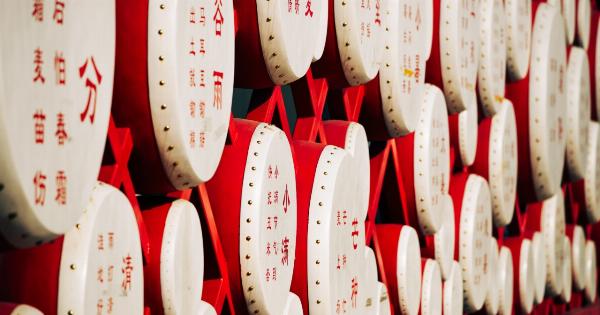Kikilia’s inquiry about blonds for TOMY has sparked a fascinating discussion about the characteristics and stereotypes associated with blond hair.
In this review, we will delve into the various aspects of being blond, exploring the cultural connotations, biological factors, and societal perceptions surrounding this hair color.
The Origins of Blond Hair
Blond hair is a genetic trait that is attributed to a mutation in the MC1R gene, resulting in less eumelanin (dark pigment) and more pheomelanin (yellow-red pigment) in the hair strands.
This mutation likely originated in Northern Europe and then spread to other parts of the world through migration and interbreeding.
The Cultural Significance of Blond Hair
In many Western cultures, blond hair is often regarded as a symbol of beauty, purity, and desirability. Iconic figures such as Marilyn Monroe and Brigitte Bardot have fueled the notion that blonds are more attractive and alluring.
However, it is essential to acknowledge that beauty standards and preferences can vary significantly across different cultures and societies.
Blonds and Stereotypes
Blonds have long been subject to numerous stereotypes, ranging from being perceived as unintelligent or naive to being associated with promiscuity.
These stereotypes can be traced back to historical depictions in literature, movies, and popular media, perpetuating certain preconceived notions about individuals with blond hair.
The Psychological Impact of Being Blond
Studies have explored the psychological impact of hair color and found that blond individuals may experience both positive and negative ramifications.
On one hand, blonds may benefit from the perceived attractiveness associated with their hair color, leading to enhanced self-esteem and social advantages. On the other hand, they may also encounter the burden of living up to the societal ideals and facing prejudice based on stereotypes.
Breaking the Stereotypes
It is crucial to challenge and break the stereotypes associated with being blond. Education, media representation, and debunking these misconceptions can contribute towards creating a more inclusive and respectful society.
Embracing diverse hair colors and rejecting judgments solely based on appearance are steps towards fostering a more accepting environment for everyone.
Blond Hair and Fashion Trends
Blond hair has always had a significant influence on fashion trends. From platinum blond to honey blond shades, the versatility of blond hair allows for experimentation with various styles and looks.
Many celebrities, models, and influencers have popularized different shades of blond, making it a perennially coveted hair color choice.
Maintaining and Caring for Blond Hair
Blond hair requires specific care and maintenance due to its unique characteristics. Regular use of color-safe shampoo and conditioner, along with deep conditioning treatments, can help preserve the vibrancy and prevent brassy tones.
Additionally, protecting the hair from heat styling and using products with UV filters can keep blond hair healthy and shiny.
The Influence of Media on Blond Perception
Hollywood and the media play a significant role in determining how society perceives blond individuals. Frequently, they are portrayed as glamorous, seductive, or even comedic characters, further reinforcing existing stereotypes.
It is essential to encourage media representation that showcases all hair colors and dispels unrealistic portrayals of blond individuals.
Blond Hair in the Workplace
Some studies have suggested that hair color, including being blond, could have an impact on employment opportunities and salary.
While blond hair may be perceived positively in some industries, it is vital to recognize that competence and skills should be the primary criteria for professional success, rather than physical attributes such as hair color.
The Future of Blond Hair
As society continues to evolve, so does the perception of hair color. It is becoming increasingly crucial to celebrate and embrace individuality, including different hair colors and the diversity they represent.
By acknowledging and challenging biases surrounding hair color, we pave the way for a future where blonds, brunettes, redheads, and individuals with all hair colors are treated equally and fairly.
